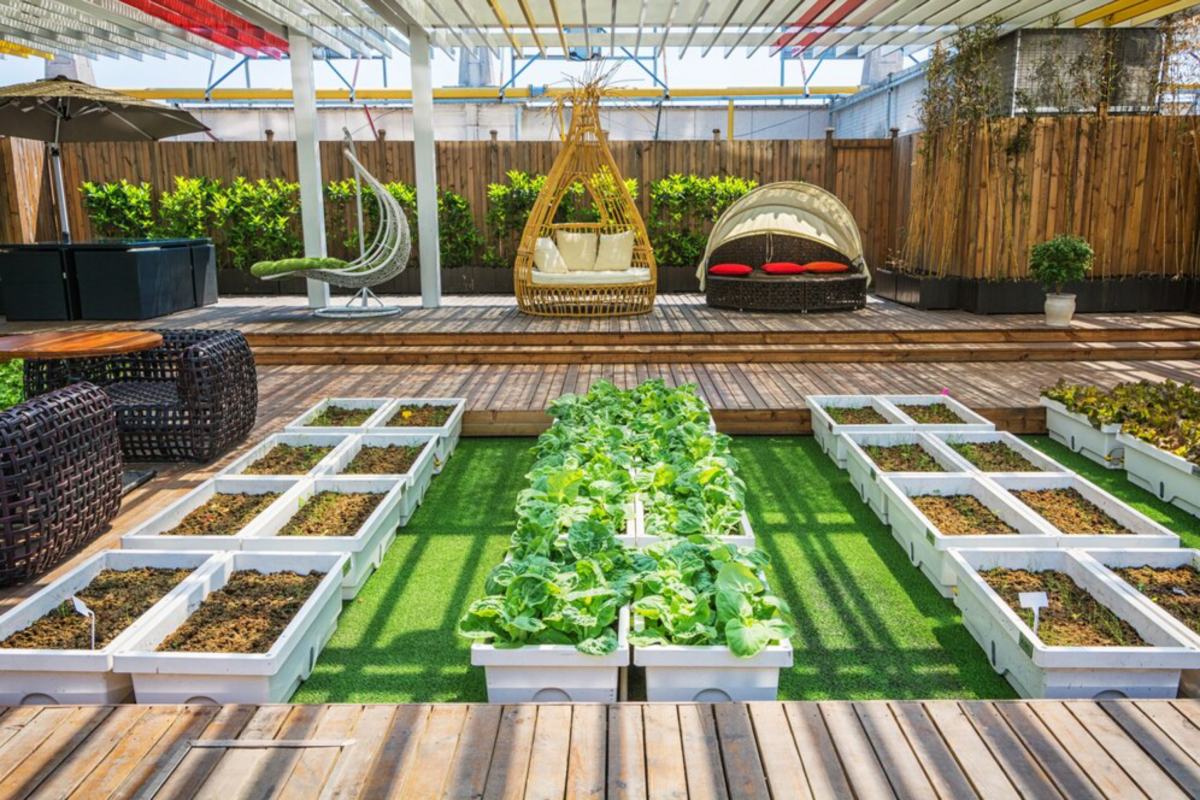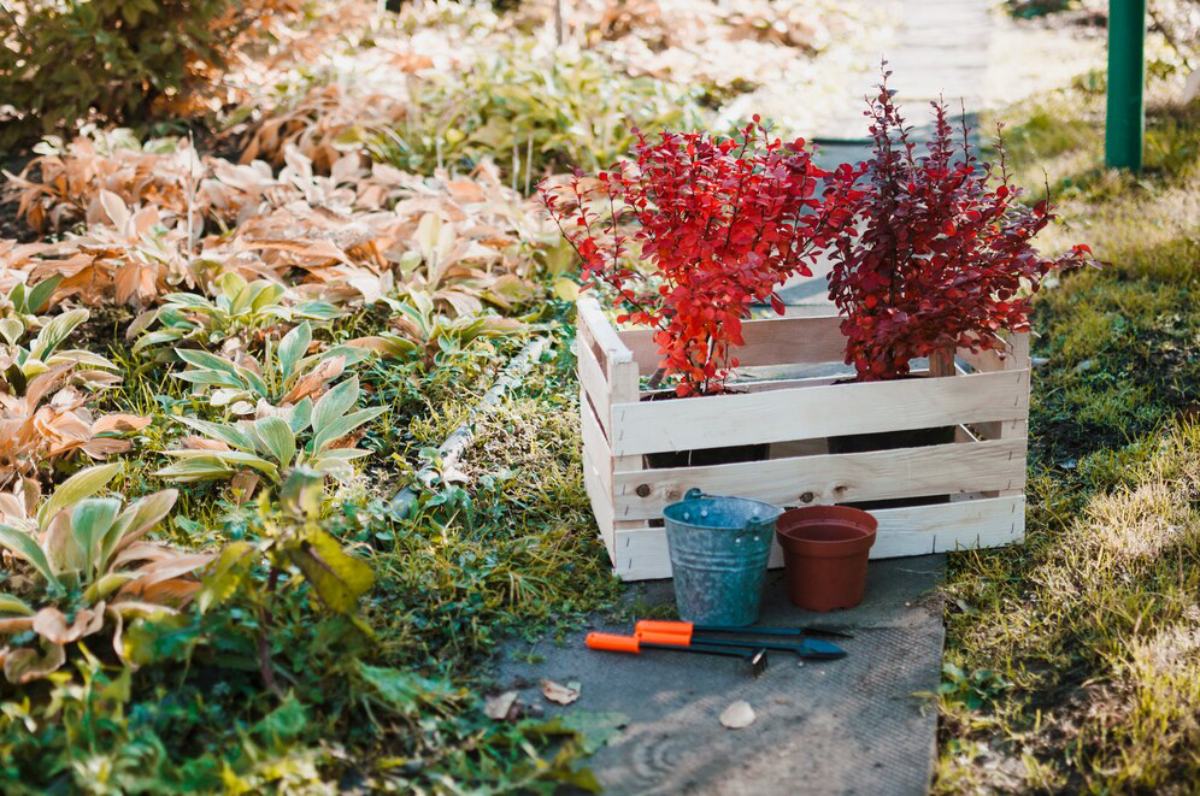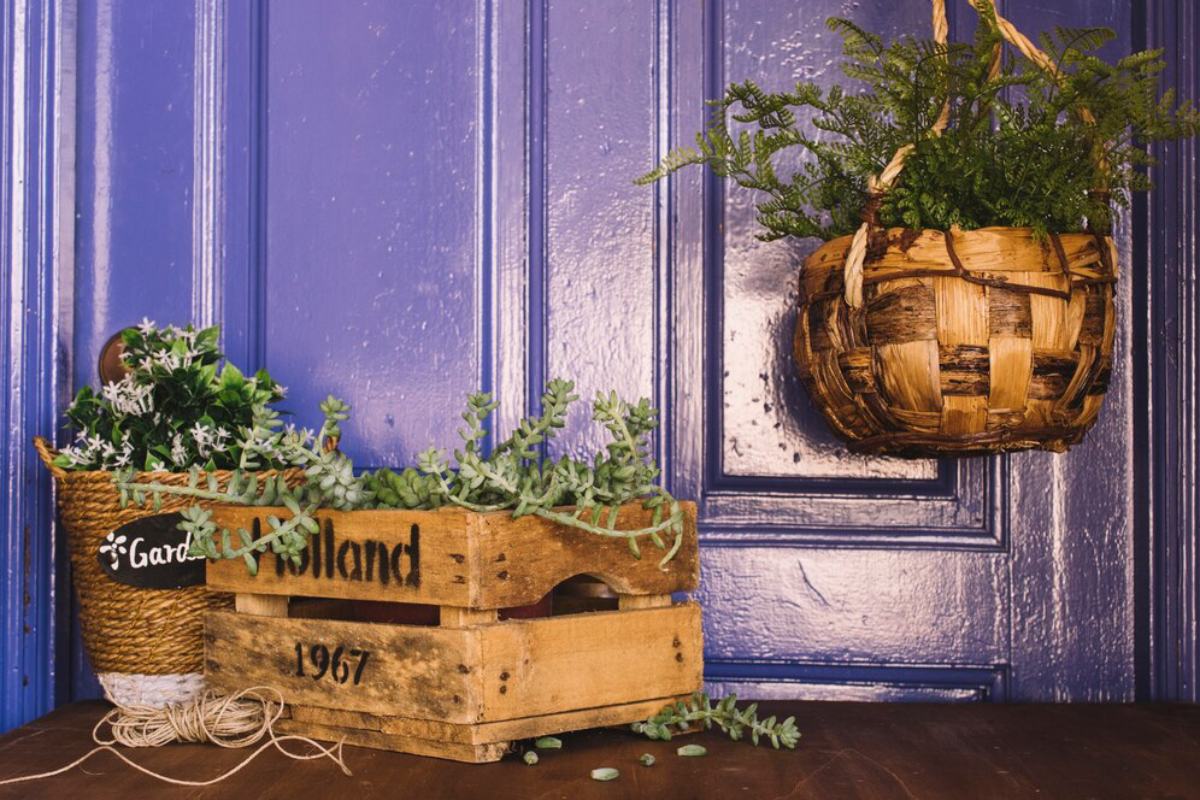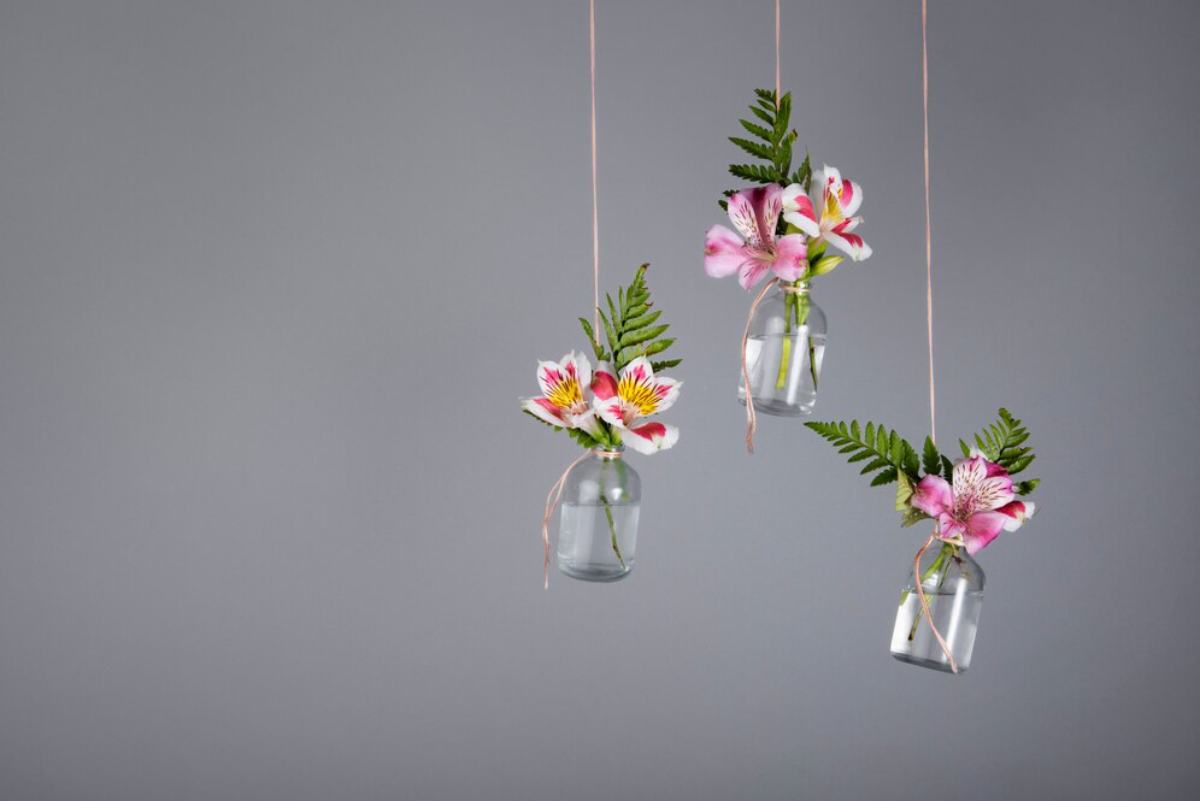
Vertical Garden Ideas for Small Spaces
Living in a flat, small home, or urban area doesn’t mean giving up your dreams of greenery. With a little imagination and vertical thinking, you can transform even the tiniest balcony, patio, or kitchen wall into a lush, thriving oasis. Welcome to the world of vertical gardening—a practical, beautiful solution for modern living.
By using walls, fences, railings, and shelves, vertical gardens make the most of limited square footage while adding life, colour, and charm to any environment. From decorative herb walls to repurposed furniture bursting with blooms, there’s a DIY garden idea for every space and style.
In this article, we’ll explore inspiring space-saving decor options, clever growing systems, and tips for starting your own vertical garden—whether indoors or out. Let’s help your garden grow… upward!
1. Hanging Pocket Planters
The Perfect Start for Beginners
One of the simplest ways to begin vertical gardening is with a hanging pocket planter, these can be made from canvas shoe organisers, felt pockets, or specially designed wall planters.
Ideal For:
- Herbs (basil, thyme, parsley)
- Lettuce and leafy greens
- Strawberries or small flowering plants
DIY Idea:
Attach a canvas shoe organiser to a fence or wall; Fill each pocket with potting soil and a plant, make sure there’s adequate drainage—cut small holes in the bottom of each pocket if needed.
Space-saving tip: Hang your pocket planter near your kitchen door for fresh herbs within arm’s reach.

2. Pallet Gardens
Rustic, Recycled, and Remarkably Stylish
Wooden pallets are a go-to for DIY garden projects due to their structure and versatility; Lean them against a wall, hang them vertically, or mount them securely for a compact garden solution.
How to Create:
- Sand and paint or seal the pallet if desired.
- Attach landscaping fabric to the back and bottom of each slat.
- Fill the pockets with soil and plants.
- Water slowly from the top, allowing it to trickle down.
Perfect for succulents, shallow-rooted herbs, and small annual flowers.
Eco-friendly bonus: Pallets are often free and reclaimed—great for sustainable gardening.
3. Ladder Shelf Planters
Step Up Your Green Game
Repurposing an old wooden ladder into a tiered plant stand is a fantastic way to add vertical interest to balconies or porches.
How to Use:
- Place plant pots on each step for a cascading garden look.
- Grow taller plants at the bottom and trailing varieties at the top.
- Paint the ladder to match your decor or leave it natural for rustic charm.
DIY garden tip: Secure the ladder to a wall or railing for added stability, especially in windy areas.

4. Wall-Mounted Pot Racks
Sleek, Minimalist, and Functional
Use metal or wooden racks to mount pots directly onto the wall, this works particularly well indoors—think kitchens, sunrooms, or entryways.
Materials:
- Wall-mounted rail systems (like kitchen rails or curtain rods)
- S-hooks and lightweight pots
- Optional: chalkboard paint to label each herb
Space-saving decor tip: Keep the display uniform for a clean, modern look—choose matching pots or a coordinated colour palette.
5. Gutter Gardens
Upcycled and Unexpected
Old rain gutters make ideal shallow planters for lettuces, spinach, and herbs, this creative DIY garden idea reclaims waste while saving precious ground space.
Steps:
- Cut gutters to desired lengths.
- Cap the ends and drill drainage holes.
- Mount in staggered rows along a wall or fence.
- Fill with soil and plants.
Best for: Lightweight crops that don’t require deep root space.
Creative tip: Paint gutters in vibrant colours for a cheerful outdoor feature.
6. Crate Stack Gardens
Portable and Customisable
Wooden or plastic crates can be stacked to create modular vertical gardens that are easy to rearrange or move with the seasons.
Instructions:
- Drill drainage holes in the bottom of each crate.
- Line with landscape fabric to retain soil.
- Stack securely and plant each level.
Design tip: Alternate planting flowers and greenery for visual balance, or theme each layer (e.g., herbs on top, salad greens below).
7. Trellis Planters for Climbing Plants
Support Beauty and Growth
If you’re keen on growing climbing or vining plants, a trellis system offers natural height and structure.
Ideal Plants:
- Tomatoes, peas, or cucumbers
- Clematis, jasmine, and morning glories
- Ivy or passionflower
Install a freestanding or wall-mounted trellis and use containers or raised beds at the base. As the plants grow, they’ll fill the vertical space with colour and foliage.
Bonus: Trellises can act as privacy screens or garden dividers.

8. Hanging Bottle Gardens
Greenery That Floats
Plastic bottles can be upcycled into suspended planters for herbs or ornamental plants.
How to Make:
- Cut an opening in the side of a cleaned bottle.
- Punch drainage holes at the base.
- Fill with soil and a small plant.
- Hang horizontally with rope or twine from a wooden beam or balcony railing.
Sustainability tip: This eco-friendly vertical gardening solution reduces plastic waste and adds a whimsical, boho aesthetic.
9. Magnetic Mini Garden
A Kitchen-Sized Green Fix
For ultra-compact spaces, try magnetic planters on your fridge, filing cabinet, or any magnetic surface.
Best for:
- Small herbs like basil, mint, or oregano
- Succulents and air plants
- Microgreens or sprouts
Use small tins or containers with magnetic strips attached to the back, and ensure good drainage with a layer of pebbles.
Great for renters: Easily moved or changed, with zero wall damage.
10. Vertical Indoor Herb Garden
Fresh Flavour, Just Steps Away
Indoor herb gardens are ideal for small-space dwellers who love to cook. A vertical setup keeps your countertop clear while providing year-round greenery.
Methods:
- Floating shelves with labelled pots
- Hanging jars from a reclaimed wooden board
- Stackable wall-mounted planters
Culinary favourites: Basil, coriander, thyme, chives, parsley, and rosemary.
Style tip: Use uniform pots in ceramic, copper, or matte black for a sleek, modern look.
Tips for Vertical Gardening Success
1. Choose the Right Plants
Not all plants are suited for vertical growth. Opt for:
- Compact or trailing varieties
- Plants with shallow roots
- Drought-tolerant species for containers
2. Ensure Proper Drainage
Vertical gardens can suffer from overwatering. Use:
- Well-draining soil
- Pots with drainage holes
- Water trays or drip irrigation
3. Mind the Light
Place your garden where plants will receive adequate sunlight. South-facing walls are best in most climates. Supplement with grow lights if indoors.
4. Keep Maintenance Simple
Start small and gradually expand. Use self-watering pots or set reminders for regular care.
Grow More with Less Space
Living in a small space doesn’t mean sacrificing your green thumb. With vertical gardening, anyone can enjoy the beauty and benefits of nature—no backyard required. Whether it’s a rustic pallet bursting with herbs, a chic indoor plant wall, or a quirky ladder display on your balcony, there are endless ways to bring life to your home using upward design.
DIY garden projects offer not only a creative outlet, but also sustainable, stylish, and functional space-saving decor. So gather your supplies, pick your plants, and let your creativity grow—upwards.
Take action today: Choose one idea from this guide and start your vertical garden journey. Your walls, windows, and balconies are ready to bloom!